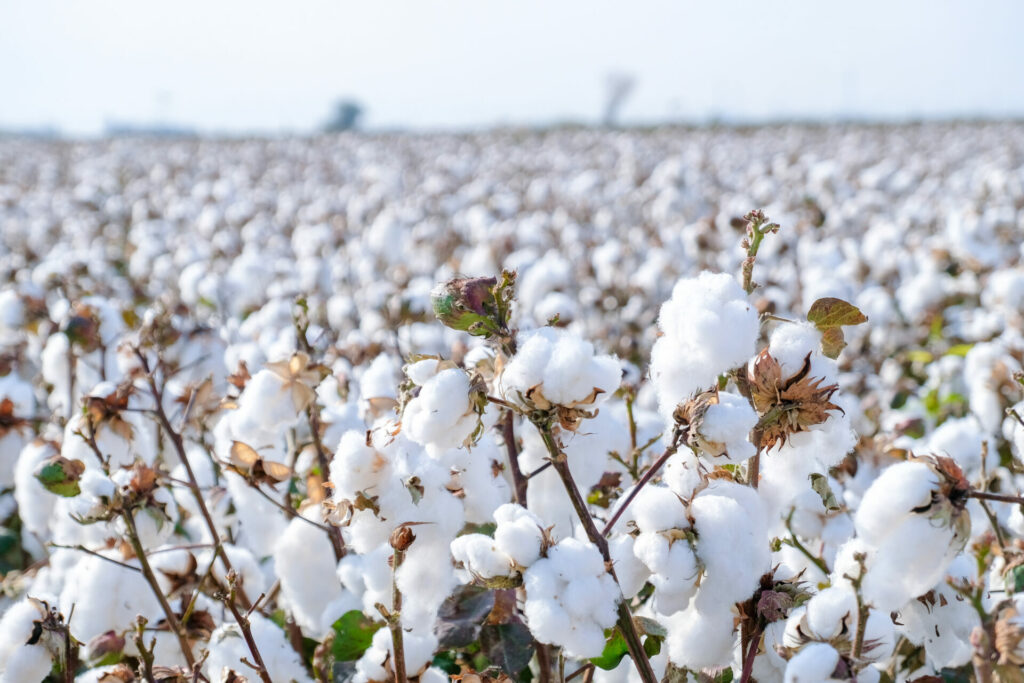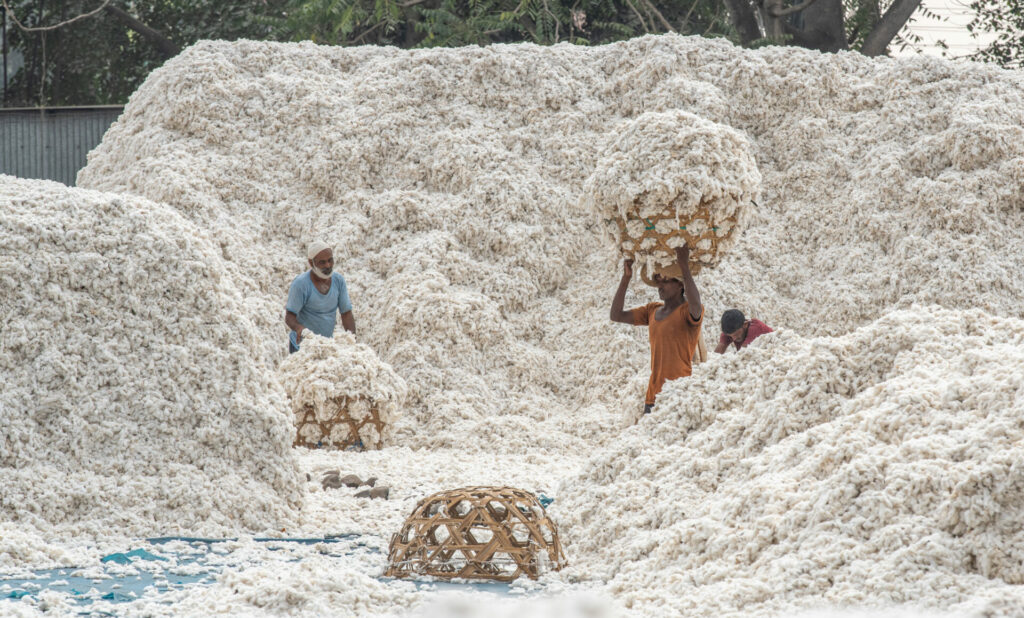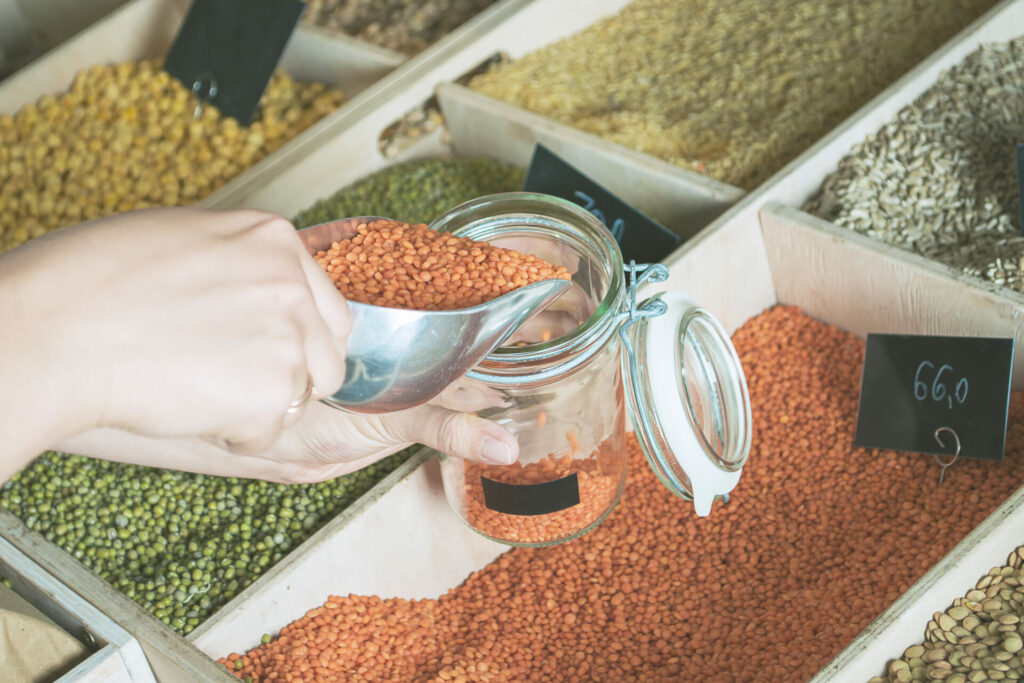As a fabric that scores highly on comfort, versatility and functionality, it’s easy to understand the popularity of cotton. We choose the material for it’s comfortable fit and feel, and its ability as bed linen, to soothe us to sleep.
But inadvertently these seemingly benign decisions could be contributing to issues such as child labour, water scarcity and soil pollution.
Cotton has an ancient and honoured history – its use to create cloth dates back thousands of years. Yet it also has a blighted legacy from the past labour of African American slaves to the ethical and environmental drawbacks that reverberate to the modern day.
Cotton crops use a staggering amount of water, requiring around 2,700 litres to produce just one T-shirt. At a time when water scarcity is a growing concern, cotton is not a sustainable choice
In recent years many major retailers have been publicly exposed for turning a blind eye to unscrupulous supply chains that source cotton and other textiles produced with forced or child labour from distant places. In 2021, a BBC investigation exposed how Uighurs and other minorities were being forced to toil in cotton fields in Xinjiang, China, with the fruits of their labour destined for Western stores. It has resulted in consumers increasingly demanding that retailers reveal the true farm to closet footprint of the textiles they sell.

As if human rights violations weren’t bad enough, cotton crops also use a staggering amount of water, requiring around 2,700 litres to produce just one cotton T-shirt. As our world warms, an altered climate impacts weather patterns, resulting in an imbalance as regions are exposed to extreme rain or mega droughts. At a time when water scarcity is a growing concern around the globe, cotton is not a sustainable choice.
Add to that the heavy carbon footprint of the global consumption of cotton — an estimated 220 million tonnes of greenhouse gases a year — cotton, dubbed the world’s ‘dirtiest’ agricultural commodity, also accounts for 16 per cent of global insecticide use. When such pollutants seep into ecosystems they can harm wildlife and contaminate soil and water.

Sustainable Cotton Alternatives
So what are the best sustainable textile alternatives for our wardrobes and homewares? Choosing regenerated fibres made from renewable sources, such as bamboo or eucalyptus, can minimise waste, water, and pollution.
‘The structure of the fibres make bamboo extremely breathable and soft,’ says Caitlin Clark, founder of Dubai-based company, NAPP, which makes 100 per cent organic bamboo bedding.
‘Bamboo fibre is becoming a popular resource particularly in textiles because of the plant’s fast growing, regenerative nature. It needs no pesticides to grow and has a high crop yield which makes it a very successful and hardy plant. Because bamboo is a grass, it needs less water to grow than cotton and self regenerates after being harvested which is said to reduce soil degradation.’

Another option is linen, a popular fashion trend this season, made from the fibers of the flax plant and known for its durability and breathability. Flax is a self-pollinating crop, which requires less water and grows well with little need for pesticides. Then there’s hemp, a highly versatile alternative to cotton, which requires less water and pesticides and can be grown in a wide range of conditions.
Increasingly, innovators are finding ingenious ways to repurpose old clothing or transform recycled materials into new textiles. Swedish company Renewcell has had great success manufacturing Circulose, a material made from cotton waste and has contracts to supply retail giants such as H&M and Zara.
If you still yearn for cotton, choosing the organic variety, grown without pesticides, is undoubtedly a more sustainable option. A 2014 report by the Textiles Exchange, claims organic cotton uses 91 per cent less ‘blue’ water from groundwater and surface water supplies, such as lakes and rivers, than other sources of cotton. Organic cotton is also grown without synthetic pesticides and fertilisers, creating less pollution than the conventional kind.

Of course, whether your desired product is actually organic is another hurdle — a scandal about the fraudulent auditing of so-called organic cotton unraveled in India last year. Do your utmost to seek out genuinely sustainable and ethical cotton by looking for the Global Organic Textile Standard accreditation (GOTS) as well as a Fair Trade certification.
With clothes and textiles so abundant and accessible it’s convenient to remain far removed from the impact our apparel and fabric choices have made on their journey to us but mindful purchases can really make a difference.
What better way to fall asleep than with a clear conscious in your soft bamboo sheets knowing the power of your purse helped cut carbon emissions, combat water scarcity, and ensure our environment is less polluted?













